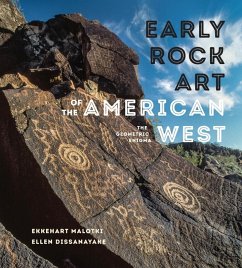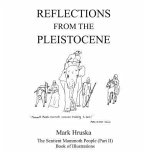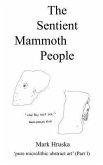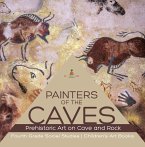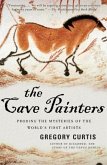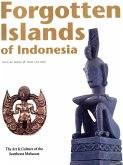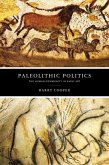A CHOICE OUTSTANDING ACADEMIC TITLE
The earliest rock art - in the Americas as elsewhere - is geometric or abstract. Until Early Rock Art in the American West, however, no book-length study has been devoted to the deep antiquity and amazing range of geometrics and the fascinating questions that arise from their ubiquity and variety. Why did they precede representational marks? What is known about their origins and functions? Why and how did humans begin to make marks, and what does this practice tell us about the early human mind?
With some two hundred striking color images and discussions of chronology, dating, sites, and styles, this pioneering investigation of abstract geometrics on stone (as well as bone, ivory, and shell) explores its wide-ranging subject from the perspectives of ethology, evolutionary biology, cognitive archaeology, and the psychology of artmaking. The authors' unique approach instills a greater respect for a largely unknown and underappreciated form of paleoart, suggesting that before humans became Homo symbolicus or even Homo religiosus, they were mark-makers - Homo aestheticus.
Hinweis: Dieser Artikel kann nur an eine deutsche Lieferadresse ausgeliefert werden.
The earliest rock art - in the Americas as elsewhere - is geometric or abstract. Until Early Rock Art in the American West, however, no book-length study has been devoted to the deep antiquity and amazing range of geometrics and the fascinating questions that arise from their ubiquity and variety. Why did they precede representational marks? What is known about their origins and functions? Why and how did humans begin to make marks, and what does this practice tell us about the early human mind?
With some two hundred striking color images and discussions of chronology, dating, sites, and styles, this pioneering investigation of abstract geometrics on stone (as well as bone, ivory, and shell) explores its wide-ranging subject from the perspectives of ethology, evolutionary biology, cognitive archaeology, and the psychology of artmaking. The authors' unique approach instills a greater respect for a largely unknown and underappreciated form of paleoart, suggesting that before humans became Homo symbolicus or even Homo religiosus, they were mark-makers - Homo aestheticus.
Dieser Download kann aus rechtlichen Gründen nur mit Rechnungsadresse in A, D ausgeliefert werden.
Hinweis: Dieser Artikel kann nur an eine deutsche Lieferadresse ausgeliefert werden.

